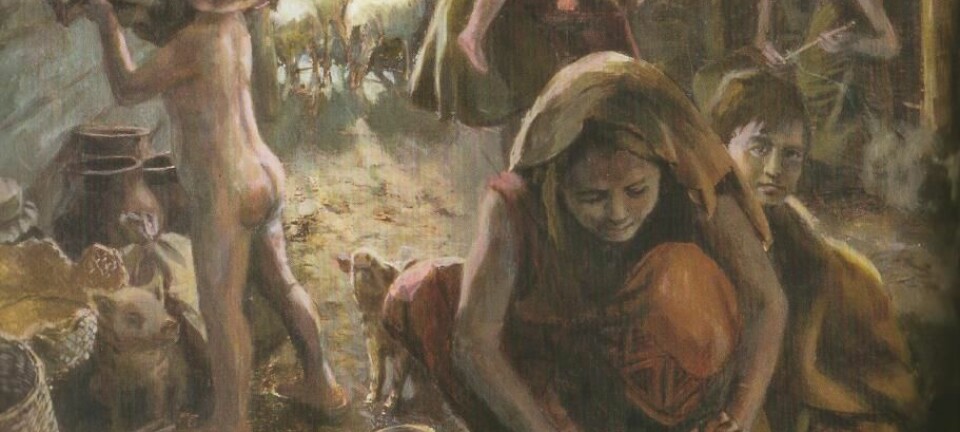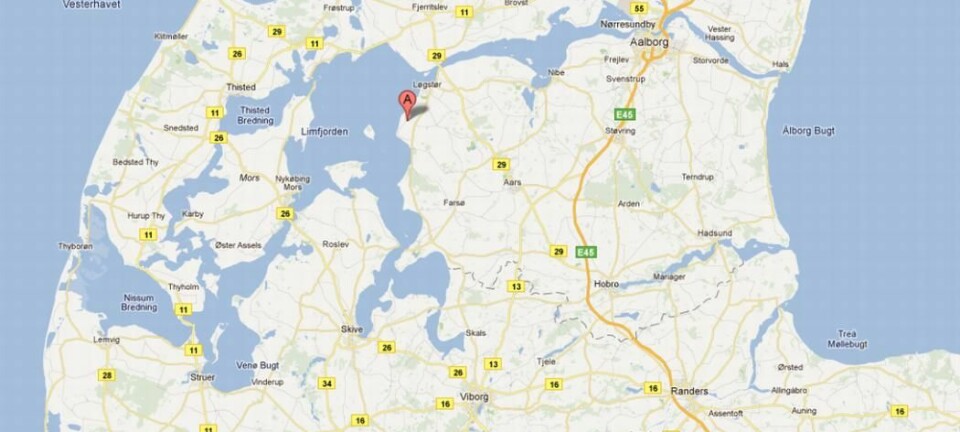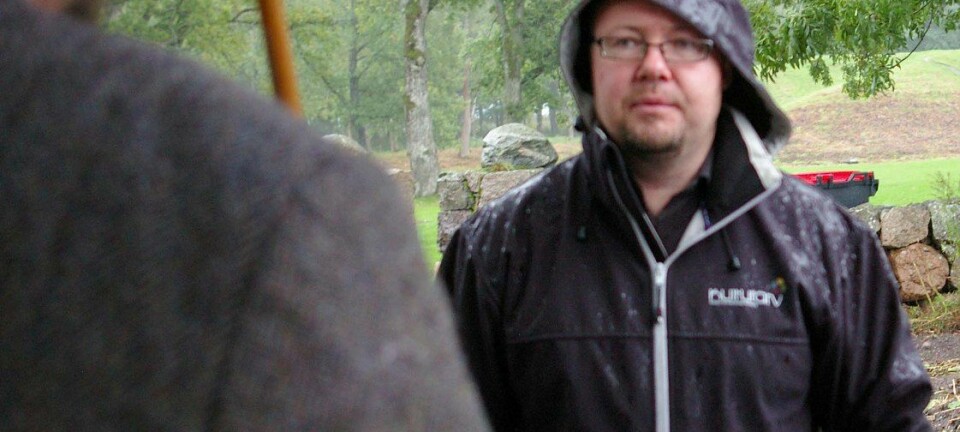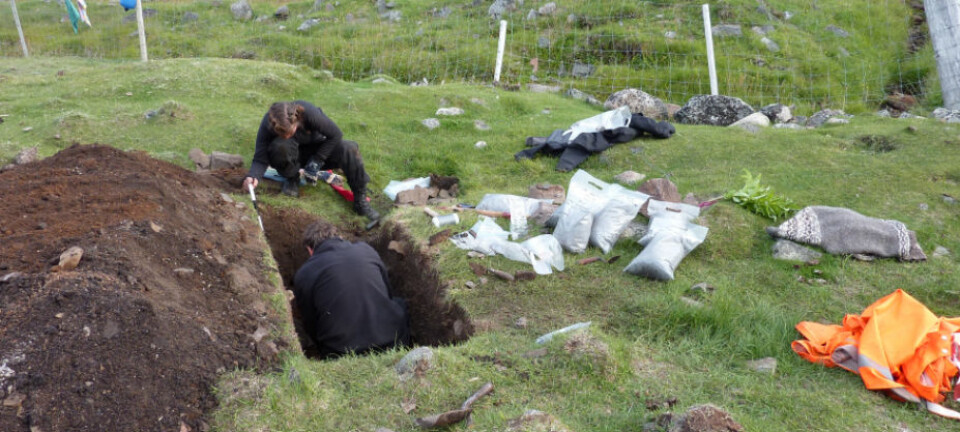
Shellfish and plastic can save Viking ships
Many of the 1,000-year-old Viking treasures are pretty fragile. New conservation techniques are being tested that include the use of prawn and crab shells.
Denne artikkelen er over ti år gammel og kan inneholde utdatert informasjon.
Over a thousand years ago some of the most exquisite creations in Northern Europe were highly seaworthy and handsomely decorated wooden ships.
Norway is well known for these worldwide and its cultural treasures from the Viking Age, such as the Oseberg and the Gokstad ships, are greatly appreciated by foreign tourists and are no less prized by Norwegians.
But it’s hard to keep old wood from decomposing. A mixture including a product made from prawn and crab shells could be their salvation.
“We hope this method will preserve the wood another 100-200 years, and by that time an even better method will be found for further conservation,” says Mikkel Christensen.
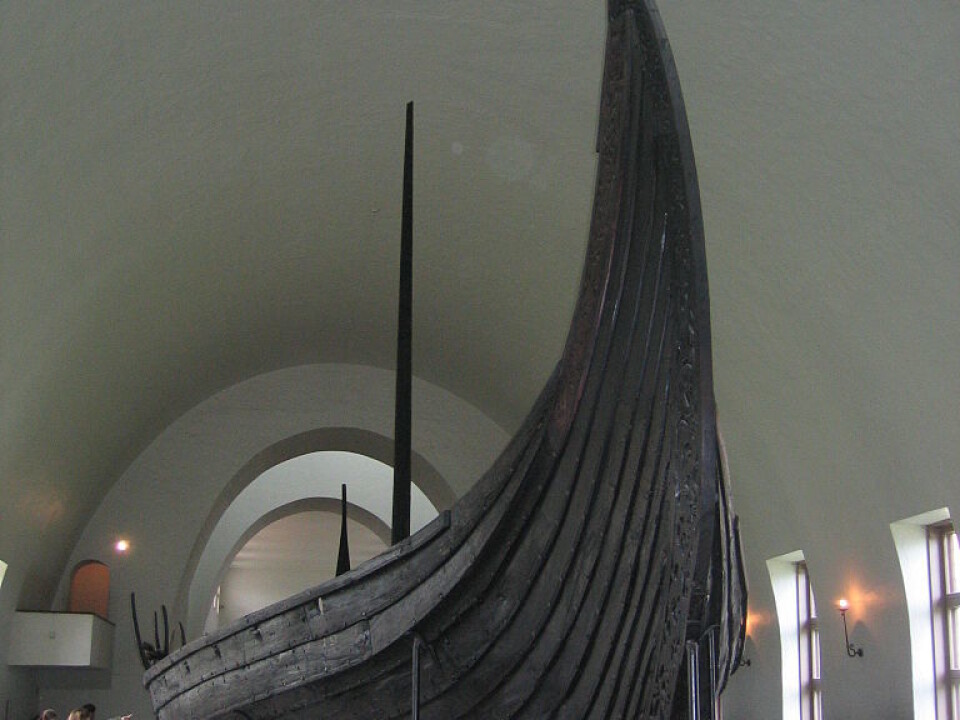
He has a PhD research fellowship at the University of Oslo’s Department of Chemistry and the Museum of Cultural History.
Innovation required
Christensen is from Denmark and is in Oslo to research better ways of preserving archaeological finds made of wood. He hopes to complete his thesis on the subject in the course of spring, 2012.
“Innovative thinking is essential here,” he says.
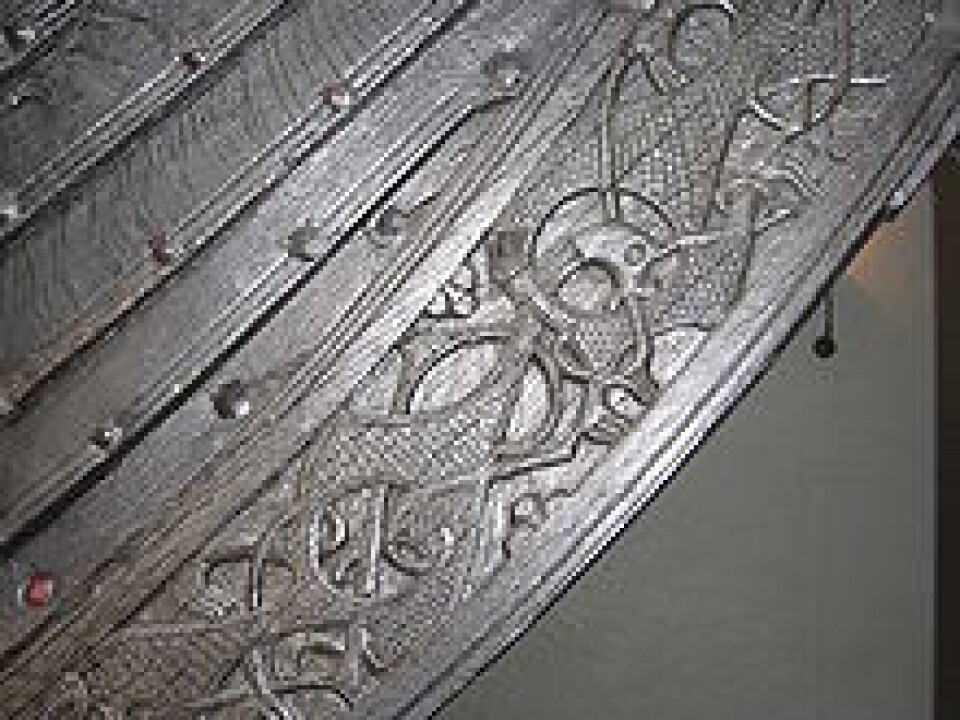
Until now conservation research has focused on various mixtures of cellulose. The idea is that this replaces the spaces filled with water and keeps the wood from collapsing as it dries out year by year.
However, cellulose doesn’t work well enough alone and Christensen has elected to focus on the cellulose-like substance chitosan. It is an element of among other things crab shells and prawn shells and more water soluble than cellulose.
“The substance has a positive charge, whereas wood has a negative charge, so it clings better to the surface of wood. Chitosan also binds metal ions. When they are prevented from moving around this hinders the decomposition process,” he explains.
Testing mixtures with plastics
Christensen has also investigated options for preserving wood using different mixtures of plastics.
“Factors that make plastic durable and flexible are fascinating, and for conservation we would like to achieve the qualities of both hard plastics and more flexible plastics, such as in plastic bags,” he says.
One of his tests involved a mixture of Bakelite plastic and two small fragments from the Oseberg ship, and the result was remarkable.
Bakelite is one of the first plastics developed, made by the condensation of phenol and formaldehyde.
“With this one little piece I got a much better result than I’d expected. The plastic supported the structure of the wood and was nearly perfectly distributed,” says the researcher enthusiastically.
Learning from mistakes
But things didn’t go so well for the other fragment from the boat. It was a piece saturated with a type of salt that was used for preservation in the 1800s.
“The Bakelite mixture dissolved the salt within the piece that had been soaked in preservation salt and that collapsed the wood structure.”
“So it’s important to develop this method further. I definitely want to avoid doing anything that could make these treasures fall apart in 50 years,” says Christensen.
Translated by: Glenn Ostling








